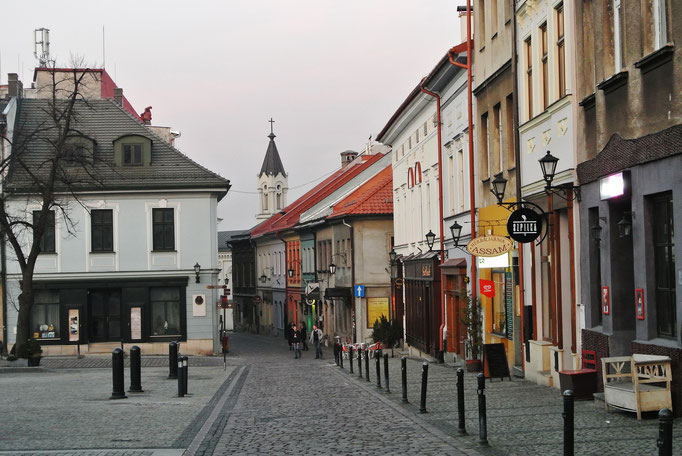Berendrecht are three towns along the seaport docks north of the old city of Antwerp in Flanders, Belgium. The substantial 1983 merger with former municipalities, led in 2000 to the decentralisation of this enlarged municipality of Antwerp while these three towns merged into one of the city's districts, called Berendrecht-Zandvliet-Lillo or Bezali.

Berendrecht-Zandvliet-Lillo
Berendrecht are three towns along the seaport docks north of the old city of Antwerp in Flanders, Belgium. The substantial 1983 merger with former municipalities, led in 2000 to the decentralisation of this enlarged municipality of Antwerp while these three towns merged into one of the city's...
Berendrecht-Zandvliet-Lillo
Map
Main features
Fort Lillo
Fort Lillo is a former military fort built as part of the Antwerp Defence Line on the right bank of the Scheldt, and completely surrounded by the industrial port of Antwerp. Built between 1579-82 on the orders of William the Silent to defend Antwerp, in 1809 during the Napoleonic Wars the fort was attacked by the British while under occupation by the forces of Napoleon. Along with Fort Liefkenshock on the opposite bank of the Scheldt these heavily armed defences proved a formibable obstacle to attacking forces.Of the three towns that formerly comprised the village of Lillo, Fort Lillo is the only one to survive, the other two - Oud Lillo (lit. "Old Lillo") and Lillo-Kruisweg (lit. "Lillo Crossroads") were evacuated in 1958 then demolished and razed to allow the expansion of the port of Antwerp. Fort Lillo shared the fate of three other polder villages: Wilmarsdonk, Oosterweel and Oorderen. Fort Lillo has been preserved and is today part of the "ethonological polder" historical ground north of Antwerp.
Shared Image:

